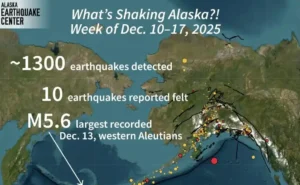Dozens of Filipino educators gathered in Manila this year, eager to impress Alaska school recruiters with their skills. Julieth Tapado drove over an hour from Cavite City and waited patiently outside the busy venue for her brief interview.
She ranked Alaska above any other U.S. destination and applied nowhere else, hoping to teach in a state she respects. Tapado has applied three times and hopes this will finally open the door to her American teaching dream.
At the recruiting event, Serjoe Gutierrez welcomed more than 120 candidates with advice and encouragement based on his experience. Gutierrez teaches in Kodiak and now helps match Filipino teachers with openings across Alaska’s rapidly hiring school districts.
Candidates who impressed recruiters were invited to callbacks, though only about a third advanced beyond the initial screening process. From there, hopeful teachers entered a maze of immigration forms, U.S. Embassy appointments, and steep government application fees.
Once in the United States, teachers must file for Social Security numbers and state certification before they begin working. Seven districts, including Kodiak’s, rely on immigration lawyer Russell Ford to manage this complex, detail-heavy process from his Maine office.
However, many Alaska districts now prefer H1B visas, which better suit skilled professionals and offer paths to permanent residency. Still, schools recruit Filipino teachers while facing limits on H1B visas and rising fears tied to U.S. immigration policy.












